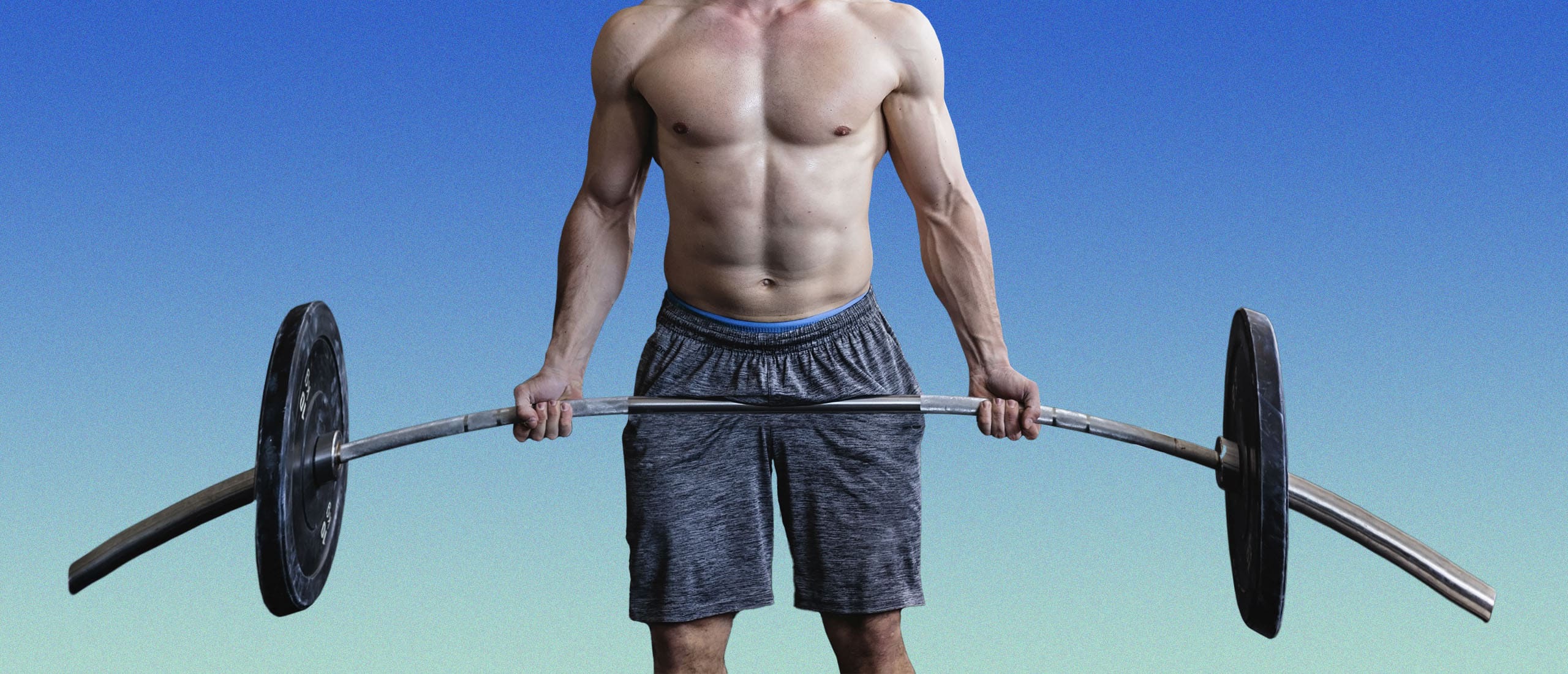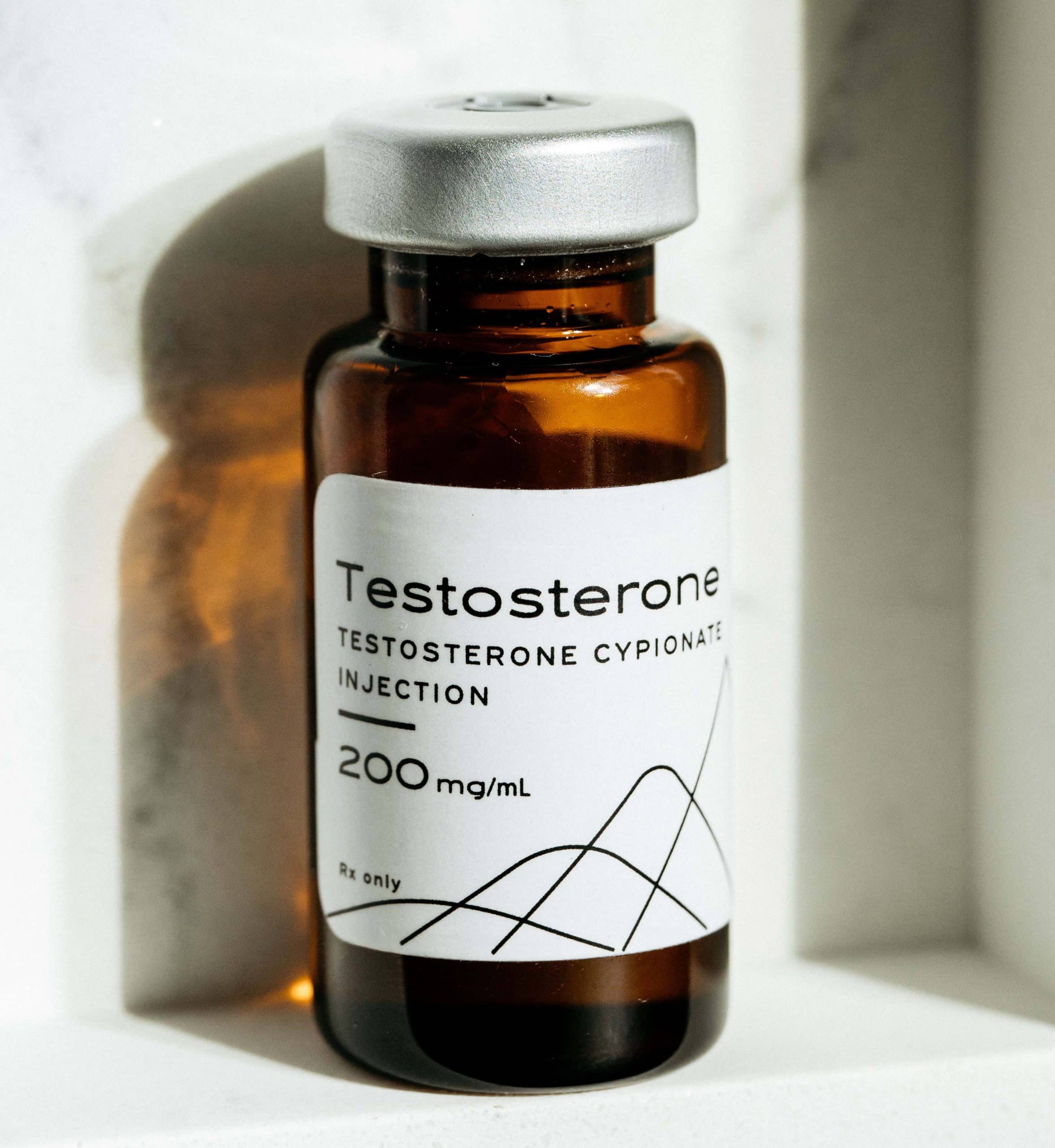This Testosterone-Boosting Workout Could Cause ED
I
f you suffer from debilitating side effects of low testosterone—like fatigue, low libido, or irritability—you might think that boosting your T with resistance workouts is an easy fix. And you’d be half right. Research shows that resistance training can increase testosterone levels immediately post-workout and overtime (1).
But heavy resistance workouts could kill your erections, per neuroscientist Andrew Huberman, Ph.D., and urologist Rena Malik, M.D.
How Resistance Exercise Impacts ED
Plenty of men lift weight to increase testosterone, says Huberman. “Here they are doing something that’s very good for increasing testosterone—which is involved in increasing libido and sexual response.”
The downside? “A lot of people who squat and deadlift heavy—or even who just tense their pelvic floor when they’re doing dumbbell curls—reported to me that they experience erectile dysfunction,” Huberman said in a recent episode of his Huberman Lab podcast which featured Malik.
Optimal sexual function has three main components—hormone levels, blood flow, and neural influences—says Huberman. While resistance exercise may help alleviate the hormonal causes of sexual dysfunction (by causing low libido), resistance workouts restrict blood flow to the pelvic floor.
So while your workout might amp your libido and energy, your erections may actually lose strength.
“There’s probably a lot of confused, or even distraught, people out there,” says Huberman.
How to Relax Your Pelvic Floor
You don’t have to swear off resistance workouts for good. Huberman and Malik’s blood-flow boosting protocol relaxes your pelvic floor muscles, so you can keep killing it in the gym and the bedroom.
Recover adequately after resistance workouts
“If you go to the gym and do repetitions of an exercise and you didn’t rest, then that muscle would become very contracted and short,” Malik explains. “If your pelvic floor is overstrained, it can become contracted and short all the time.”
Avoid workouts that over-tense your pelvic floor
Huberman says that the “best thing he ever did” for his pelvic floor was to avoid abdominal crunching exercises that required him to cross his legs.
“I would go to these yoga classes and they’d have everyone do these crunches where we crossed our feet,” Huberman says. These exercises led to “discomfort” in his pelvic floor, which can be a sign that it’s too tight.
Breathe correctly
“People don’t often breathe correctly during exercise,” Malik explains. “Diaphragmatic breathing—which is a deep breath that expands the diaphragm—not just shallow breathing in your mouth and throat, is important.”
When you inhale your pelvic floor relaxes, per Malik. When you exhale, that contraction stabilizes any intramuscular pressure that your exercise is creating.
“That’s why people tend to hold their breath while they’re doing crunches,” Malik says. “They’re not doing the appropriate breathing.”
Consult a physician
If you experience ED and think your workouts could be playing a role, book an appointment with a urologist, who can assess your genital blood flow.
“A lot of times we can assess blood flow based on other comorbidities you have. Most common: high blood pressure, diabetes, heart disease, and if you smoke. All of those things will affect blood flow to the genitals,” Malik says. She explains that doctors can use a Doppler ultrasound on the penis to detect any issues with blood flow.
Hone’s at-home testosterone assessment is the simplest way to uncover whether your levels are low. If you qualify for treatment, TRT can be sent right to your door.
References
1. Riachy, et al (2020). Various Factors May Modulate the Effect of Exercise on Testosterone Levels in Men.













